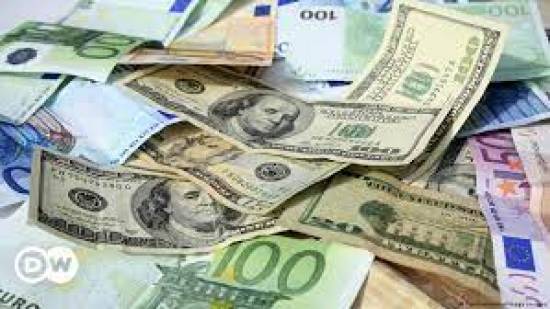The euro fell to a 20-year low against the U.S. dollar on Tuesday, as fears about the European economy weighed heavily on the currency. It was one of several signs of renewed economic worries around the world, which were also reflected in stocks wobbling, bonds flashing warning signals and oil prices falling sharply.
The S&P 500 rose slightly on Tuesday, recovering from a much deeper slide earlier in the day.
The yield on the U.S. 10-year Treasury note, an important gauge of borrowing costs, dipped below the two-year yield, which traded at about 2.8 percent. The so-called inverted yield curve is a rare phenomenon that often happens ahead of a recession.
Economists have recently been raising the possibility of a recession in their forecasts. Interest rates in the United States have experienced their largest increase since 1994, inflation is at its highest in 40 years, and financial markets set grim records in the first half of the year.
In Europe, energy industry turmoil and the war in Ukraine are weighing heavily on the region. Germany reported its first monthly trade deficit since 1991. Supply chain strains are expected to slow the eurozone’s largest economy, which is heavily dependent on exports, and may even cause a recession. “Overall, we think the outlook is deteriorating precipitously,” Daniela Ordonez of Oxford Economics wrote in a note Tuesday about the eurozone economy.
Another sign of anxiety about global growth was seen in the price of oil. Brent crude oil, the international benchmark, fell more than 9 percent on Tuesday, to $103 per barrel, its biggest daily decline since March. West Texas Intermediate, the U.S. benchmark, fell nearly as much, dropping below $100 per barrel for the first time since May.
Daily business updates The latest coverage of business, markets and the economy, sent by email each weekday. Get it sent to your inbox.
The euro’s decline brought it closer to parity with the dollar, with one euro trading for about $1.027, its lowest level since 2002. Many analysts have said it is only a matter of time before the euro reaches a one-to-one exchange rate with the dollar, as European economies struggle with high inflation, labor unrest and turmoil in energy markets.
“Europe is the weakest link in the global economy,” said Joe Quinlan, head of market strategy for Merrill and Bank of America Private Bank. “They’re in the cross hairs of the war and the energy crisis.”/agencies


